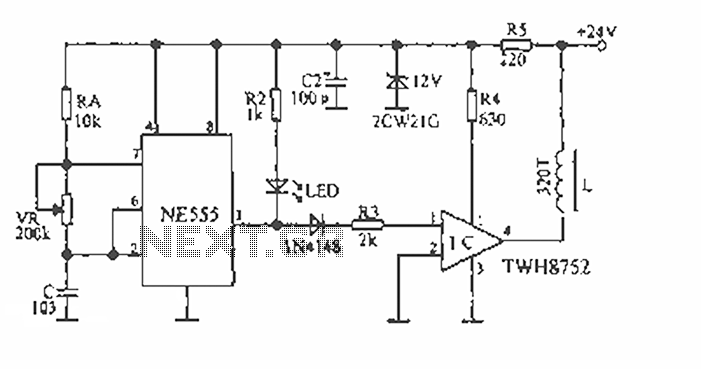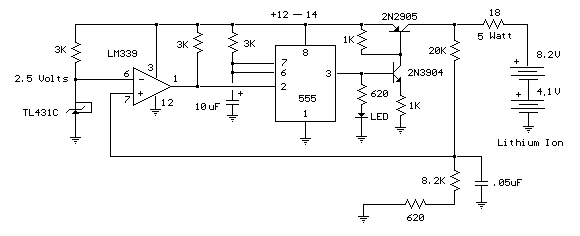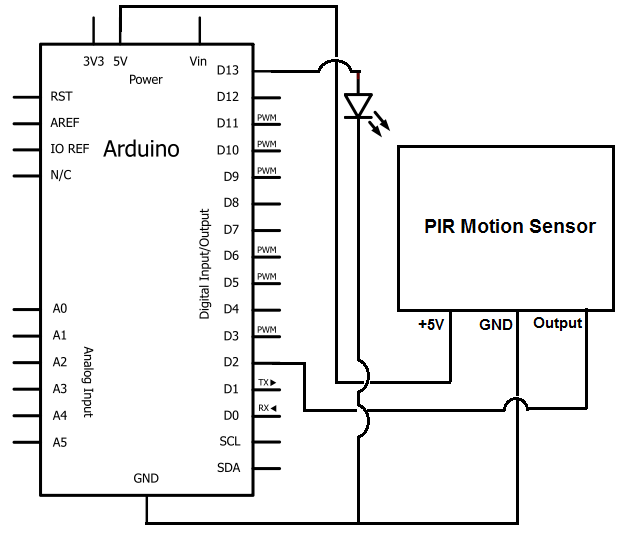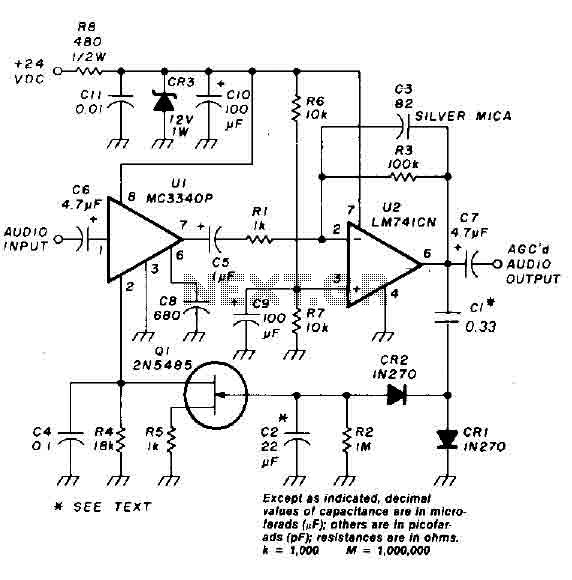
bq51013 Receiver Circuit Restarts

Several boards have been constructed using the bq51013 EVM receiver circuit along with a TPS61085 boost converter circuit, designed in SwitcherPRO Design Software, to elevate the voltage level to 5.7 volts. However, when a load of 580 mA, required by the end application, is connected, the system experiences continuous restarts as long as the load is attached. During this state, the boost converter draws 780 mA of current. The issue appears to be related to the inability of the circuit to deliver the required load current. To investigate further, it is recommended to disconnect the boost converter and test the wireless power 5V RX with a resistive load to determine if it can provide 1.0 A at 5V without issues. When the boost converter was disconnected, a resistive load of 850 mA was connected to the 5V output of the receiver, which functioned properly. The maximum current drawn by the boost converter at startup was recorded at 800 mA. Additionally, the receiver chip has a current limit function that restricts the current when it exceeds its limit setting, suggesting it should not shut down under these conditions. The RX communicates with the TX using load modulation, and changes in the output load may appear similar. The TX only needs to receive a valid communication packet every 1.2 seconds to maintain power transfer, with packets being sent every 250 ms.
The circuit utilizes the bq51013 EVM receiver as a wireless power receiver, which is designed to harvest energy from a compatible transmitter. The TPS61085 boost converter is employed to step up the voltage to the required level for the load. The issue arises when the load connected to the output exceeds the capability of the boost converter, leading to an overload condition. The continuous restart of the system indicates that the boost converter is unable to maintain stable operation under the specified load conditions.
To address the problem, it is essential to evaluate the power requirements of the load and the capability of the TPS61085 boost converter. The boost converter's data sheet should be consulted to determine its maximum output current and efficiency at the required output voltage. It may be necessary to consider a boost converter with a higher current rating or improve the thermal management of the existing converter to handle the increased load.
Testing the wireless power receiver with a resistive load provides insight into its performance independent of the boost converter. The successful operation at 850 mA indicates that the receiver is capable of delivering power without issues when not coupled with the boost converter. This suggests that the problem likely lies within the boost converter's ability to handle the load rather than the receiver's output.
Further investigation should include measuring the input voltage to the boost converter during operation to ensure it remains within the acceptable range. If the input voltage drops significantly under load, it may indicate that the receiver is not supplying sufficient power, which could lead to instability in the boost converter. Additionally, verifying the connections and components within the circuit for any signs of damage or improper configuration is crucial.
In conclusion, the circuit's inability to deliver the required load current appears to stem from the limitations of the TPS61085 boost converter under the specified load conditions. Careful analysis of the circuit components and power requirements, along with potential adjustments or replacements, will be necessary to resolve the issue.I have built several boards using the bq51013 EVM receiver circuit and a TPS61085 boost converter circuit(designed in SwitcherPRO Design Software) to increase the voltage level to 5. 7Volts. The problem that is that when a load of 580mA(required by end application of the circuit) is connected the system begins to restart again and again and continue
s as long as the load is attached. the boost converter draws 780mA of current during this state. What could be the possible reason for the circuit for not being able to deliver the required load current. And how can it be fixed. Schematic of the circuit(W C R. jpg) has been attached for reference. To narrow the problem down I would recommend disconnecting the boost converter and test the wireless power 5V RX with a resistive load to determine if it can provide 1.
0A at 5V without problems. The boost converter was disconnected and then a resistive load of 850mA was connected to the 5V output of the receiver, it worked just fine. The maximum current which boost drains at start-up was recorded at 800mA. Also since the receiver chip has current limit function so it will limit the current when pulled beyond its limit setting, it should not shutdown or should it Yes ”the RX will communicate with the TX using load modulation and changes in the output load look the same.
But the TX only has to receive a valid communication packet every 1. 2sec to continue power transfer. The packets are sent every 250mS. All content and materials on this site are provided "as is". TI and its respective suppliers and providers of content make no representations about the suitability of these materials for any purpose and disclaim all warranties and conditions with regard to these materials, including but not limited to all implied warranties and conditions of merchantability, fitness for a particular purpose, title and non-infringement of any third party intellectual property right. TI and its respective suppliers and providers of content make no representations about the suitability of these materials for any purpose and disclaim all warranties and conditions with respect to these materials.
No license, either express or implied, by estoppel or otherwise, is granted by TI. Use of the information on this site may require a license from a third party, or a license from TI. Content on this site may contain or be subject to specific guidelines or limitations on use. All postings and use of the content on this site are subject to the Terms of Use of the site; third parties using this content agree to abide by any limitations or guidelines and to comply with the Terms of Use of this site. TI, its suppliers and providers of content reserve the right to make corrections, deletions, modifications, enhancements, improvements and other changes to the content and materials, its products, programs and services at any time or to move or discontinue any content, products, programs, or services without notice.
🔗 External reference
The circuit utilizes the bq51013 EVM receiver as a wireless power receiver, which is designed to harvest energy from a compatible transmitter. The TPS61085 boost converter is employed to step up the voltage to the required level for the load. The issue arises when the load connected to the output exceeds the capability of the boost converter, leading to an overload condition. The continuous restart of the system indicates that the boost converter is unable to maintain stable operation under the specified load conditions.
To address the problem, it is essential to evaluate the power requirements of the load and the capability of the TPS61085 boost converter. The boost converter's data sheet should be consulted to determine its maximum output current and efficiency at the required output voltage. It may be necessary to consider a boost converter with a higher current rating or improve the thermal management of the existing converter to handle the increased load.
Testing the wireless power receiver with a resistive load provides insight into its performance independent of the boost converter. The successful operation at 850 mA indicates that the receiver is capable of delivering power without issues when not coupled with the boost converter. This suggests that the problem likely lies within the boost converter's ability to handle the load rather than the receiver's output.
Further investigation should include measuring the input voltage to the boost converter during operation to ensure it remains within the acceptable range. If the input voltage drops significantly under load, it may indicate that the receiver is not supplying sufficient power, which could lead to instability in the boost converter. Additionally, verifying the connections and components within the circuit for any signs of damage or improper configuration is crucial.
In conclusion, the circuit's inability to deliver the required load current appears to stem from the limitations of the TPS61085 boost converter under the specified load conditions. Careful analysis of the circuit components and power requirements, along with potential adjustments or replacements, will be necessary to resolve the issue.I have built several boards using the bq51013 EVM receiver circuit and a TPS61085 boost converter circuit(designed in SwitcherPRO Design Software) to increase the voltage level to 5. 7Volts. The problem that is that when a load of 580mA(required by end application of the circuit) is connected the system begins to restart again and again and continue
s as long as the load is attached. the boost converter draws 780mA of current during this state. What could be the possible reason for the circuit for not being able to deliver the required load current. And how can it be fixed. Schematic of the circuit(W C R. jpg) has been attached for reference. To narrow the problem down I would recommend disconnecting the boost converter and test the wireless power 5V RX with a resistive load to determine if it can provide 1.
0A at 5V without problems. The boost converter was disconnected and then a resistive load of 850mA was connected to the 5V output of the receiver, it worked just fine. The maximum current which boost drains at start-up was recorded at 800mA. Also since the receiver chip has current limit function so it will limit the current when pulled beyond its limit setting, it should not shutdown or should it Yes ”the RX will communicate with the TX using load modulation and changes in the output load look the same.
But the TX only has to receive a valid communication packet every 1. 2sec to continue power transfer. The packets are sent every 250mS. All content and materials on this site are provided "as is". TI and its respective suppliers and providers of content make no representations about the suitability of these materials for any purpose and disclaim all warranties and conditions with regard to these materials, including but not limited to all implied warranties and conditions of merchantability, fitness for a particular purpose, title and non-infringement of any third party intellectual property right. TI and its respective suppliers and providers of content make no representations about the suitability of these materials for any purpose and disclaim all warranties and conditions with respect to these materials.
No license, either express or implied, by estoppel or otherwise, is granted by TI. Use of the information on this site may require a license from a third party, or a license from TI. Content on this site may contain or be subject to specific guidelines or limitations on use. All postings and use of the content on this site are subject to the Terms of Use of the site; third parties using this content agree to abide by any limitations or guidelines and to comply with the Terms of Use of this site. TI, its suppliers and providers of content reserve the right to make corrections, deletions, modifications, enhancements, improvements and other changes to the content and materials, its products, programs and services at any time or to move or discontinue any content, products, programs, or services without notice.
🔗 External reference





